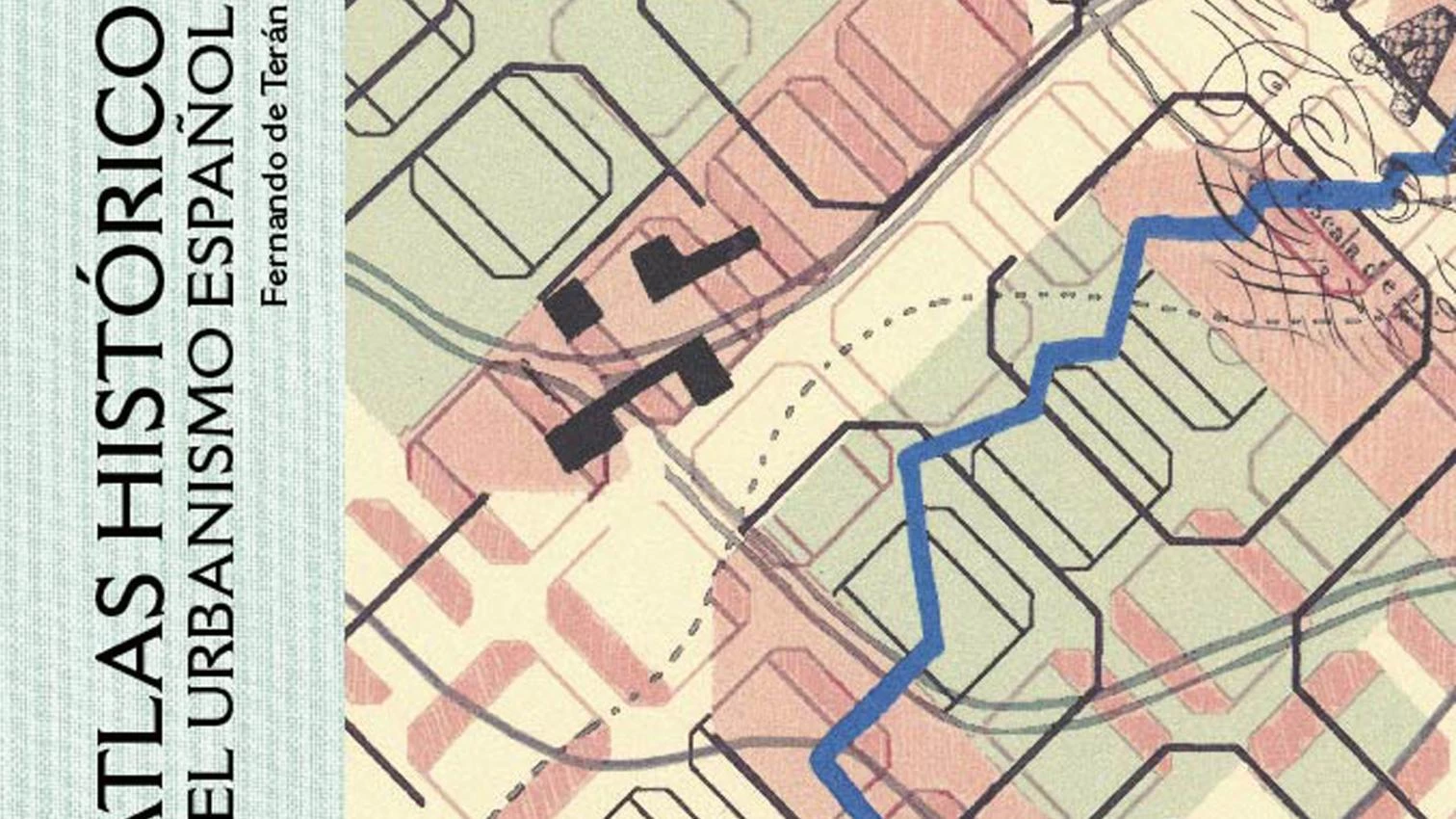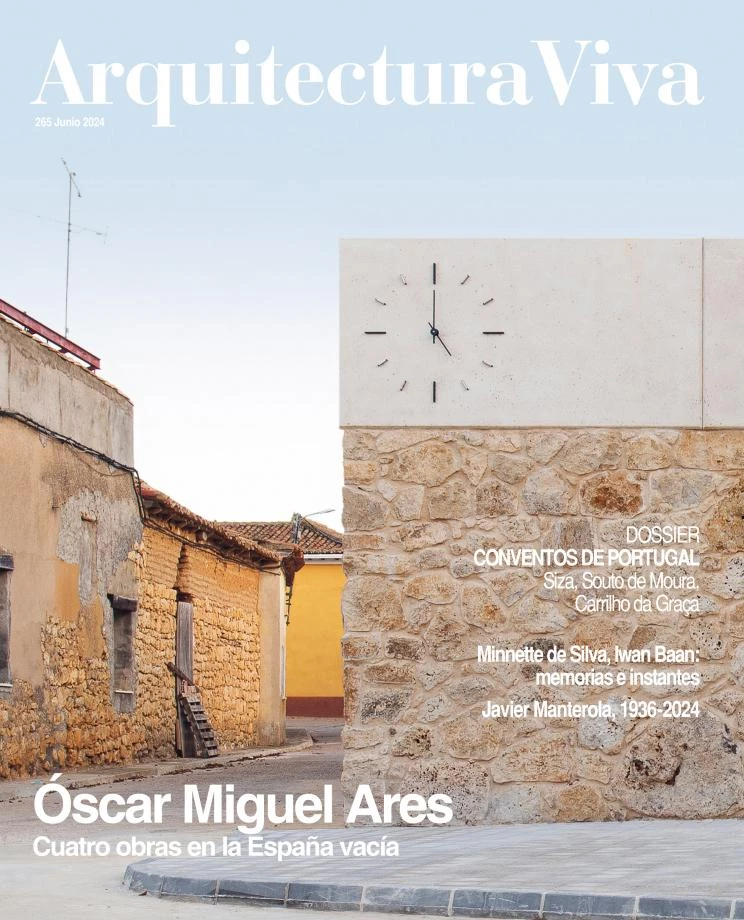
Unlike texts penned from the plane of erudition, this book is testimony of wisdom acquired over decades of practical experience. Urban legend has it that in the late 1960s, Terán tried to publish maps and plans he had been collecting for years, but the person entrusted to make a dummy for the book disappeared, with the graphic material. Resuming the project some years ago, it was necessary to locate the documents anew in archives and libraries, reproduce them, and recompose the book layout. Hence, what we get here is not a private collection, but a careful selection of historical Spanish cartography, on the premise that the urban domain is an ever-changing space, on the basis of which it is possible to theorize on concepts like border, boundary, and threshold.
Perhaps I can present this volume as the last of an unintended trilogy, following tomes of 1978 and 2017. In the former, Terán compared urbanistic theories with real processes. It is good to remember that he simultaneously worked with Mario Gaviria in research on urban realities in the Concepción and Gran San Blas neighborhoods.
Whereas the vision that Terán analyzed as a technical expert had to do with the crisis of the theoretical grounds of ‘scientific urbanism,’ the 2017 book explained the shift from the multifaceted urbanism imposed after the Spanish Civil War by the likes of Bidagor, Cort, and Alomar, to a new way of understanding and valuing the concepts of territory and city at the end of the 1960s. Accepting Gunnar Myrdal’s idea on the need to know the forces at play behind the Western inclination towards planning, Terán compared policies, threw light on their contradictions, and exposed the tensions that, from the institutions, shape our contemporary existence, at a time when issues like the reform of land laws were sparking debates on whether growth was desirable or on how to curb its effects. Appointed technical director of the Planning and Coordination Commission for Metropolitan Madrid in the first post-Franco government in 1977, he dealt with the enlargement of the region’s infrastructural system in combination with a thorough ‘metropolitan maintenance program,’ seeking to bring public opinion into decision-making, link up with citizen demands, and collaborate with community associations. His proposal, which required an agreement between political forces, sought to start from detailed analyses of the pieces that made up the territory, with the aim of identifying the most serious urban problems and the improvements most urgently desired by populations: an approach which went down the drain thanks to the Administration’s failure to comply with the Moncloa Pacts.
Atlas histórico is not an ‘urban history’ but a series of opinions and concepts arrived at after years of reflection, and which Terán formulates in resonance with the feast of images published. We get to understand his thinking, so can unravel the intellectual legacy of one who for almost seventy years has studied, analyzed, and reflected on Spanish urban planning, in pursuit of options and alternatives.







